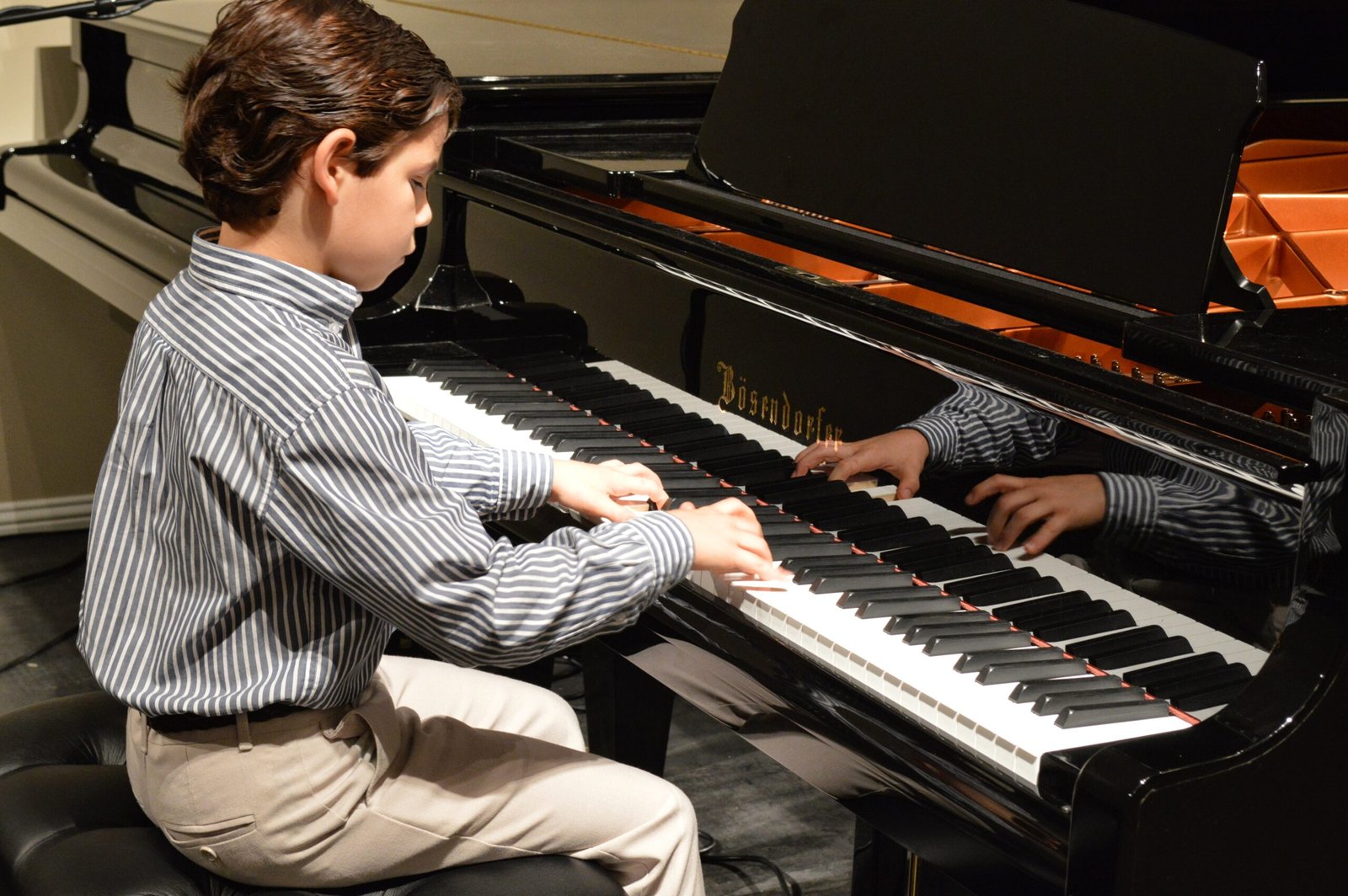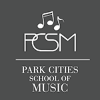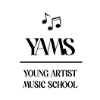
Why the Piano Is One of the Hardest Instruments – Yet the Easiest for Kids to Start Learning!
When parents think about enrolling their child in music lessons, the piano is often the first choice. It’s big, beautiful, and let’s be honest – who doesn’t love the idea of having a little Mozart at home? But here’s the paradox: the piano is one of the hardest instruments to truly master, yet it’s also one of the easiest for beginners, especially young children. How is that possible? Let’s dive into the magic (and challenge) of the piano!
Why the Piano Is One of the Hardest Instruments
Both Hands, Both Brains
Unlike instruments like the violin or trumpet, where you focus on a single melody line, the piano requires both hands to play completely different things at the same time. The left hand handles bass notes and chords, while the right hand takes the melody. It’s like rubbing your belly and patting your head – at lightning speed!
Reading Two Lines of Music at Once
Piano students don’t just read one line of music – they read two! Sheet music for piano includes both the treble clef (right hand) and the bass clef (left hand), meaning your brain has to process double the information.
88 Keys = Endless Possibilities
With 88 keys, the piano has one of the largest ranges of any instrument. Compare that to a guitar (6 strings) or a trumpet (3 valves), and you can see why it takes years to explore everything the piano has to offer.
Mastering Pedals & Dynamics
Advanced pianists don’ just play notes; they control dynamics, phrasing, and expression using foot pedals and nuanced finger techniques. That’s why professional pianists spend decades refining their craft.
Why Piano Is the Easiest for Kids to Start Learning
Instant Gratification = Instant Fun
Unlike string or wind instruments, where students have to learn proper fingering and breath control before producing a decent sound, piano sounds beautiful from day one. Press a key, and you get a perfect note’s no squeaks, no scratchy sounds, just music!
Logical Layout
The piano keyboard is visually intuitive. Low notes are on the left, high notes are on the right, and patterns repeat in groups of black and white keys. This makes it easier for young children to understand and start playing simple songs.
No Need for Fine Motor Skills Right Away
Unlike the violin or guitar, which require precise finger placement to get the right pitch, piano keys are pre-tuned. This allows children as young as three or four to start learning music without the frustration of incorrect notes.
Great for Ear Training & Coordination
Since the piano covers both melody and harmony, it gives young students a well-rounded foundation in music. It also improves hand-eye coordination and strengthens neural connections in the brain, which benefits overall cognitive development.
Conclusion: The Best of Both Worlds
The piano is a paradox challenging for experts, yet accessible for beginners. It’s the perfect instrument for kids to start their musical journey, providing early success while also offering lifelong challenges for those who want to master it.
So, if you are thinking about enrolling your child in music lessons, the piano is a fantastic choice. Who knows? Today’s simple “Twinkle, Twinkle” might turn into tomorrow’s Beethoven sonata!
Ready to Start Piano Lessons?
At Park Cities School of Music, we make piano learning fun, engaging, and rewarding for students of all ages. Contact us today to schedule your child’s first lesson!



